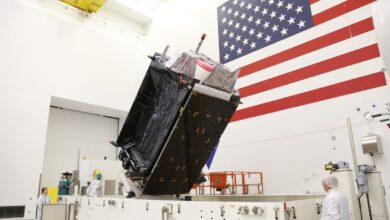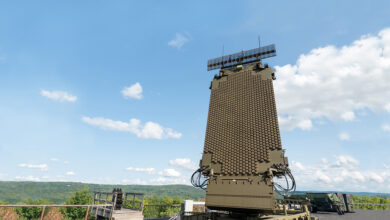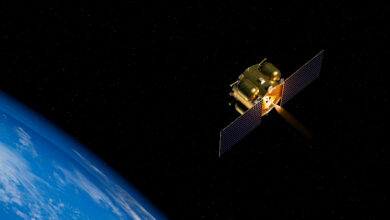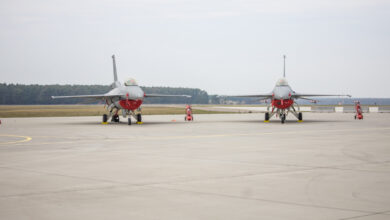Lockheed Martin has secured a contract to manufacture and test a nuclear-powered spacecraft for the Defense Advanced Research Projects Agency (DARPA).
The award supports the agency’s Demonstration Rocket for Agile Cislunar Operations (DRACO) program to advance propulsion solutions that benefit US national defense.
The DRACO program involves the collaboration of NASA’s Space Technology Mission Directorate, which will utilize the rocket for future deep-space explorations.
An in-space flight test of the resulting nuclear thermal rocket engine vehicle is expected by 2027.
‘Prime Technology’
According to Lockheed, nuclear thermal propulsion engines provide thrust similar to conventional chemical propulsion engines but offer two to five times higher efficiency, enhancing a vehicle’s speed and range while reducing dependency on propellants.
In addition, nuclear thermal engines enable abort scenarios during missions, a feature not possible with chemical propulsion systems.

“These more powerful and efficient nuclear thermal propulsion systems can provide faster transit times between destinations. Reducing transit time is vital for human missions… to limit a crew’s exposure to radiation,” Lockheed Martin Space’s Kirk Shireman stated.
“This is a prime technology that can be used to transport humans and materials to the Moon. With more speed, agility and maneuverability, nuclear thermal propulsion also has many national security applications for cislunar space.”
Safe Nuclear Solution
Nuclear thermal propulsion uses a fission-based reactor to heat hydrogen propellant to extremely high temperatures in a short period while funneling gas through the engine nozzle, producing powerful thrust.
The reactor only activates once the vehicle reaches a nuclear-safe orbit.
Lockheed collaborated with nuclear components supplier BWX Technologies to produce the reactor and its specialized high-assay, low-enriched uranium or HALEU fuel.
“In the past several years, BWXT has been maturing its nuclear thermal propulsion fuel and design, and we are excited to further expand into space with our ability to deliver nuclear products and capabilities to the US Government,” BWX’s Joe Miller said.
“We look forward to building the reactor and manufacturing the fuel at our Lynchburg, Virginia, facilities.”












